
What happens when a war-torn nation stops its dependency on foreign armored vehicle donations and decides to start producing within its borders one of the most advanced infantry fighting vehicles in the world? Ukraine is about to find out. Local production of the German-designed KF41 Lynx heralds a turning point in Ukraine’s defense industrial strategy away from patchwork fleets to a uniform, NATO-compatible platform.
More than just a procurement agreement, the agreement inked in late October 2025 with Rheinmetall represents a strategic industrial leap. Besides strengthening Ukraine’s capabilities on the front line, it secures a place for Ukraine’s manufacturing sector within Europe’s defense supply chain. Following are some of the most critical features of the KF41 Lynx program and what it means for the military future of Ukraine.
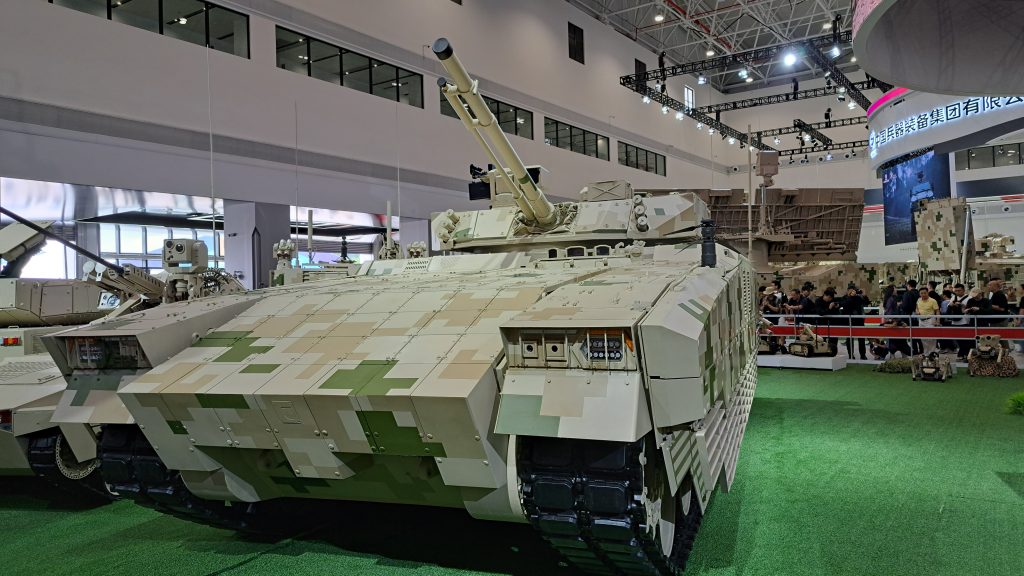
1. From Imports to Indigenous Production
Until now, Ukrainian armored forces had to make do with a mix of IFVs donated by various countries, creating considerable logistical and maintenance complications. The newest deal with Rheinmetall will see a KF41 Lynx domestic production line established, due to be fully operational by the end of 2025, in partnership with Ukroboronprom. It will be the first large-scale armored vehicle manufacturing capability established in Ukraine during the ongoing war.
The framework may include “several hundred,” said Rheinmetall CEO Armin Papperger, but the company isn’t releasing the exact number. Moving to a single standardized platform will also ease the training of military personnel, lessen dependence on international supply chains and harmonize Ukraine’s fleet with those of NATO countries.
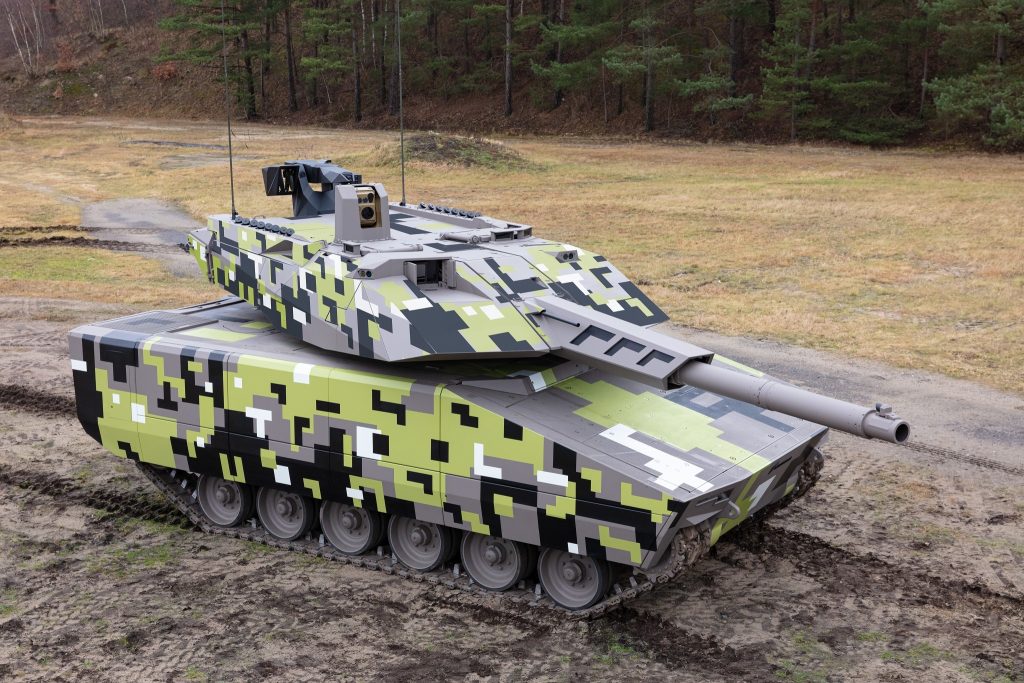
2. Hungarian-Built Prototype Paved the Way
The decision came after extended trials of a Hungarian-built Lynx, which was delivered to Ukraine in December 2024. Built at Zalaegerszeg, Hungary, the first international Lynx production site outside Germany, this prototype underwent non-combat evaluations in Ukraine. Positive performance reports from these trials convinced Kyiv to select the KF41 as its future IFV.
To this point, Hungary has been the sole operational Lynx user, but the experience it has gained has proved invaluable in refining both the modular architecture of the vehicle and the associated production processes which Ukraine will now adopt.

3. Modularity as a Force Multiplier
The KF41 concept separates the base drive module from the interchangeable mission modules, which enables the change in roles within less than eight hours. It allows for fast adaptation for missions such as infantry combat, reconnaissance, air defense, mortar transport, and even electronic warfare.
Rheinmetall has showcased several variants, including the Skyranger 35 air-defense system installed on the Lynx chassis, which could target such threats as drones, helicopters, and cruise missiles. Ukraine, for its part, would have the advantage that the same chassis would eventually be able to carry a range of mission systems, reducing lifecycle costs and simplifying logistics.

4. Firepower Centered on the Wotan 35
The main combat configuration installs the Lance 2.0 turret with the electrically driven Wotan 35 mm cannon firing Rheinmetall’s 35×228 mm ammunition family. This gun offers high-velocity armor-piercing capabilities alongside programmable airburst munitions for engaging infantry, drones, and light vehicles.
Optional mission pods can be equipped with Rafael Spike LR2 anti-tank guided missiles, loitering munitions, or UAV launchers. Rheinmetall has already carried out live-fire testing of Spike missiles from the Lynx turret, demonstrating precision strike against armored targets.

5. Survivability against contemporary threats
The Lynx combines ballistic steel armor with modular add-on protection to resist 30 mm rounds on the frontal arc and 14.5 mm on the sides. An armored double floor provides mine protection equivalent to 10 kg TNT, and spall liners and decoupled seating enhance crew survivability.
Active protection measures include the ROSY smoke protection system, the Acoustic Shooter Localization System, and the option for StrikeShield active protection to intercept incoming anti-tank weapons. Those are considerations for the drone-saturated, ATGM-heavy battlefield Ukraine faces daily.
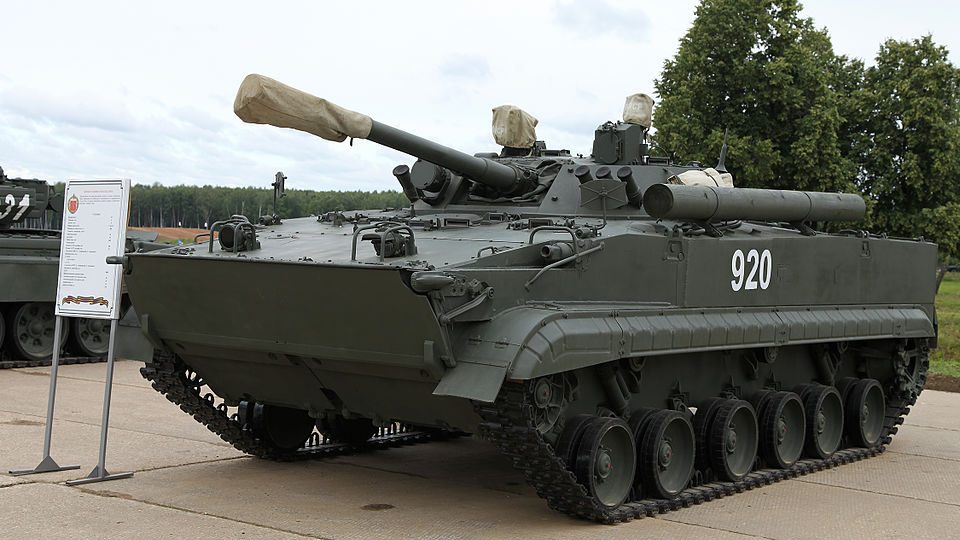
6. Mobility and Endurance
The KF41 is powered by a 1,140 horsepower Liebherr diesel engine, coupled with a Renk automatic transmission, and has a top speed of 70 km/h with an operational range in excess of 500 km. Supashock suspension provides stability over rough terrain and supports numerous armor configurations.
Able to tackle 60% gradients, 30% side slopes, one meter vertical obstacles, and 1.5-meter fording without preparation, its performance parameters place it in competition with the most mobile IFVs within its weight category.

7. Digital Integration and Future Upgrades
Due to the open architecture of the KF41, the addition of new sensors and counter-drone systems, as well as software upgrades, will be seamless without having to redesign or re-architecture anything in order to maintain pace with any new threat that might evolve. In this regard, the digital backbone for Ukraine means future-proofing its armored fleet and enabling the rapid adoption of NATO-standard battlefield management systems and networked targeting solutions.
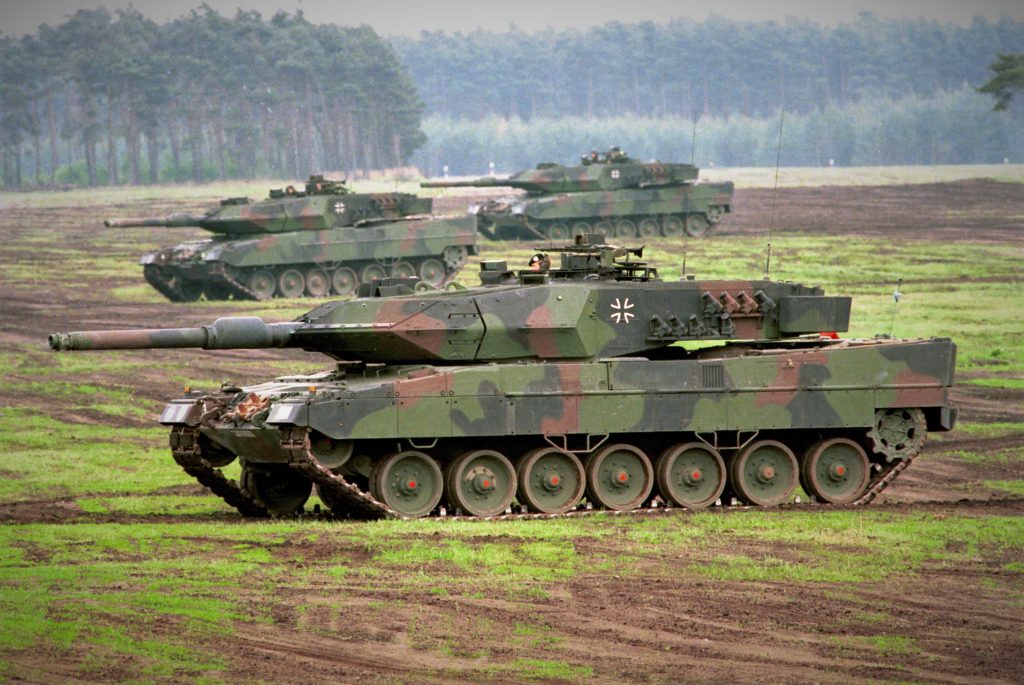
8. Industrial and Strategic Impact
Orders from Ukraine placed with Rheinmetall have grown from €900 million in 2022 to €2.5 billion in 2023 for vehicles, ammunition, and maintenance. The Lynx project will also introduce welding, machining, and quality control skills to Ukrainian workers, building a skilled workforce in defense manufacturing. Moreover, the facility will service Leopard tanks, Mardar IFVs, and Gepard systems currently in Ukrainian service, embedding Ukraine deeper into Europe’s defense supply chain.
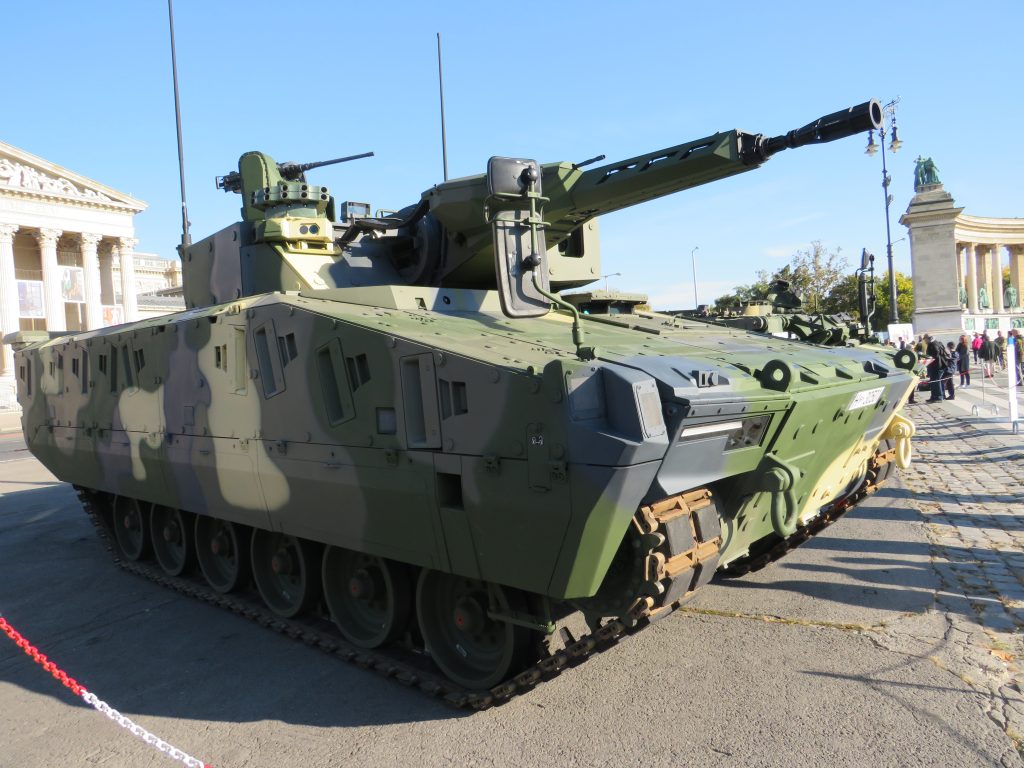
9. Timelines and Cautionary Notes
While the agreement in place aims for the beginning of production by the end of 2025, other Rheinmetall projects have been delayed by regulatory and logistical obstacles in the past. Initial operations may be limited to final assembly, with deeper localization to follow. If schedules hold, the first Ukrainian-assembled Lynx IFVs could enter service by 2027. This would mark a technological leap from Soviet-era BMPs and another milestone in Ukraine’s quest for defense industrial independence.
This KF41 Lynx program is more than just vehicle acquisition it is a blueprint for transitioning Ukraine from a consumer of foreign armored systems to a producer of advanced, NATO-standard platforms. If executed on time, it will not only strengthen Ukraine’s battlefield capabilities but also firm up its role as a regional defense manufacturer in the post-war European security landscape.


